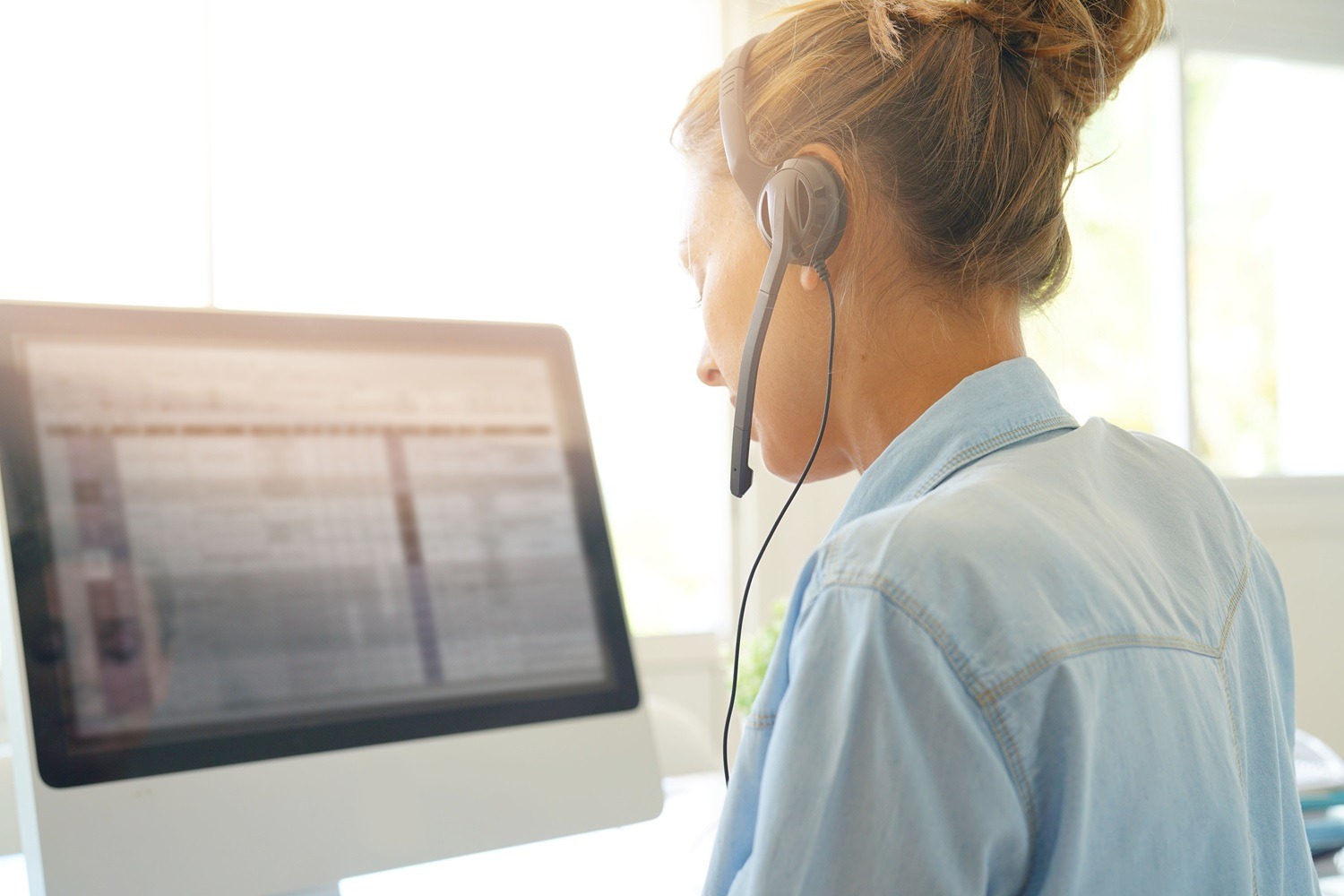
Worker safety should be of paramount importance to every employer. If your employees need to travel as a part of their job, systems must be in place to keep them safe on the road. Journey management, complete with employee check-ins, is the best way to protect travelling workers.
What is journey management?
Like a lone worker safety program, journey management allows people to check in with a monitor before, during, and after their journey. The law requires employers to implement journey management procedures for workers who travel to remote places as part of their job. However, even those who travel for work purposes on short and simple trips should have a lone worker or journey management check-in procedure.
Potential safety hazards
When crafting your journey management plan, it’s essential to consider potential safety hazards. What dangers and risks do your worker encounters on the road? Does the location, time of day, or length of the shift impact the risk?
Once identified and understood, you can develop a journey management plan that addresses these issues. The best safety strategies are the ones catered to workers.
Potential safety hazards may include:
- Extreme weather and storms
- Dangerous road conditions
- Wildlife accidents
- Vehicle malfunctions
- Driver’s fatigue
Journey management is vital for lone worker safety
Journey management systems are vital for keeping workers safe. In addition, check-in procedures are critical for lone workers as no one can come to their aid or even know they’re in trouble in an emergency.
The Canadian Centre for Occupational Health and Safety defines a lone worker as an employee who is alone and cannot be seen or heard by another person. If your lone worker is driving through hazardous conditions or to remote places, journey management is essential for their safety. Otherwise, you have no way of knowing if they made it to their destination- or when something went wrong.
Check-ins are a crucial component of every journey management plan. Your worker should check in before leaving and give an expected arrival time. Then, once they have reached their destination, they notify their monitor that they made it safely. However, CommAlert will initiate a call-out procedure if they do not make contact within the window of their expected arrival time. CommAlert will also reach out to individuals on your worker’s contact list and try to track them down.
There are a few ways to provide check-ins as a part of your journey management plan. For example, you can allocate a designated monitor within your company, implement an automated check-in system, or work with a third-party work-alone monitoring company like CommAlert.
Other safety tips
You should implement other safety systems alongside a reliable check-in system. For example, all regularly used work vehicles should have an emergency safety kit. While this is particularly important in winter, a safety kit should always be available no matter the season.
Additionally, all work vehicles must be mechanically sound and adequately winterized before winter weather arrives. Winter tires are essential. In summer, vehicles should have air conditioning, and drivers should carry water.
If your worker travels outside of cellular reception, a satellite device is advisable. A satellite phone will allow you to communicate with your employee no matter where they are. It’s always a good idea to have a backup mode of communication.
Finally, plan your worker’s route. Both you and your employee should know what route they will be taking and how long it should take. If the route or any other part of the plan changes, your employee should notify their monitor.
Learn about our journey management service.




